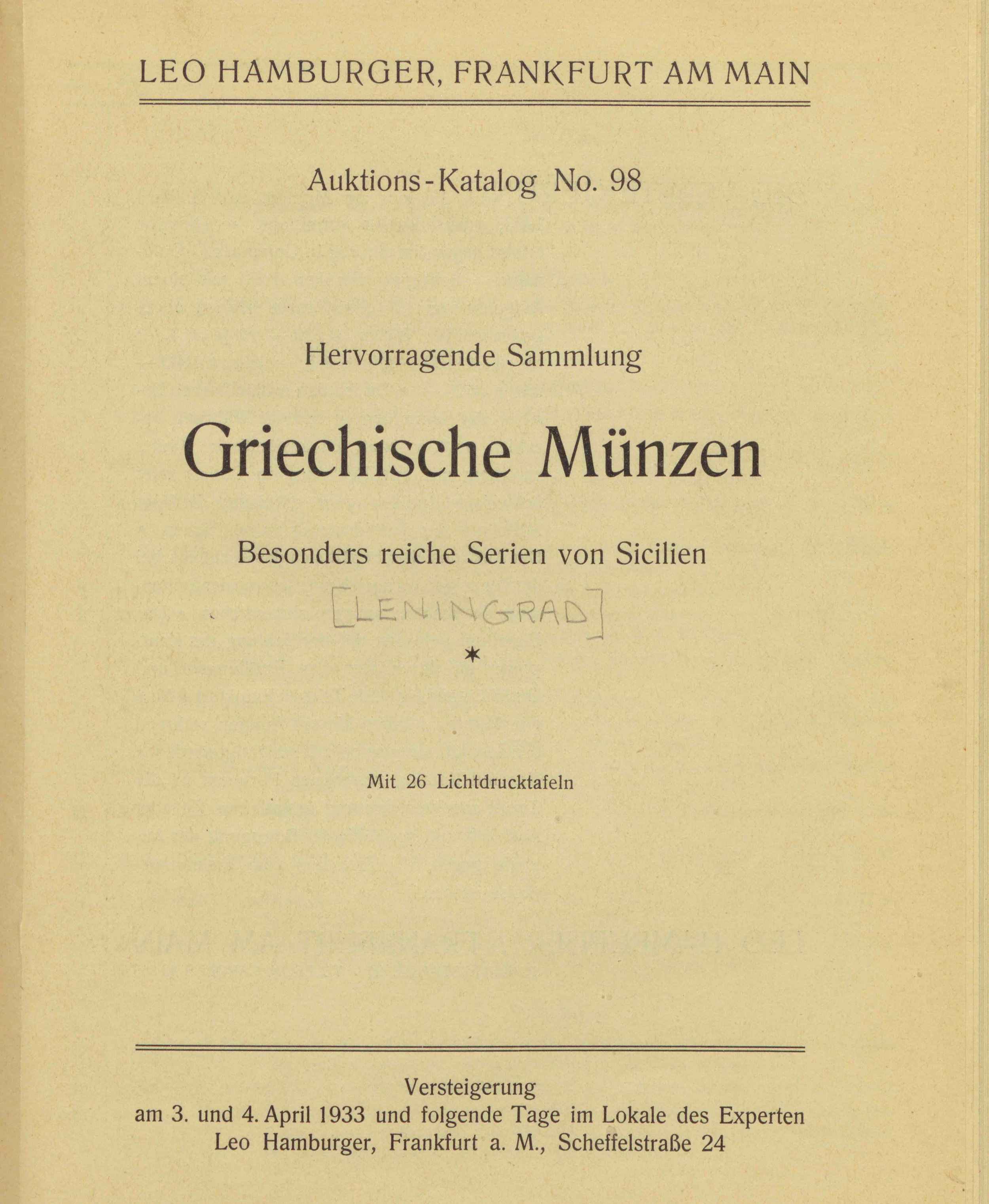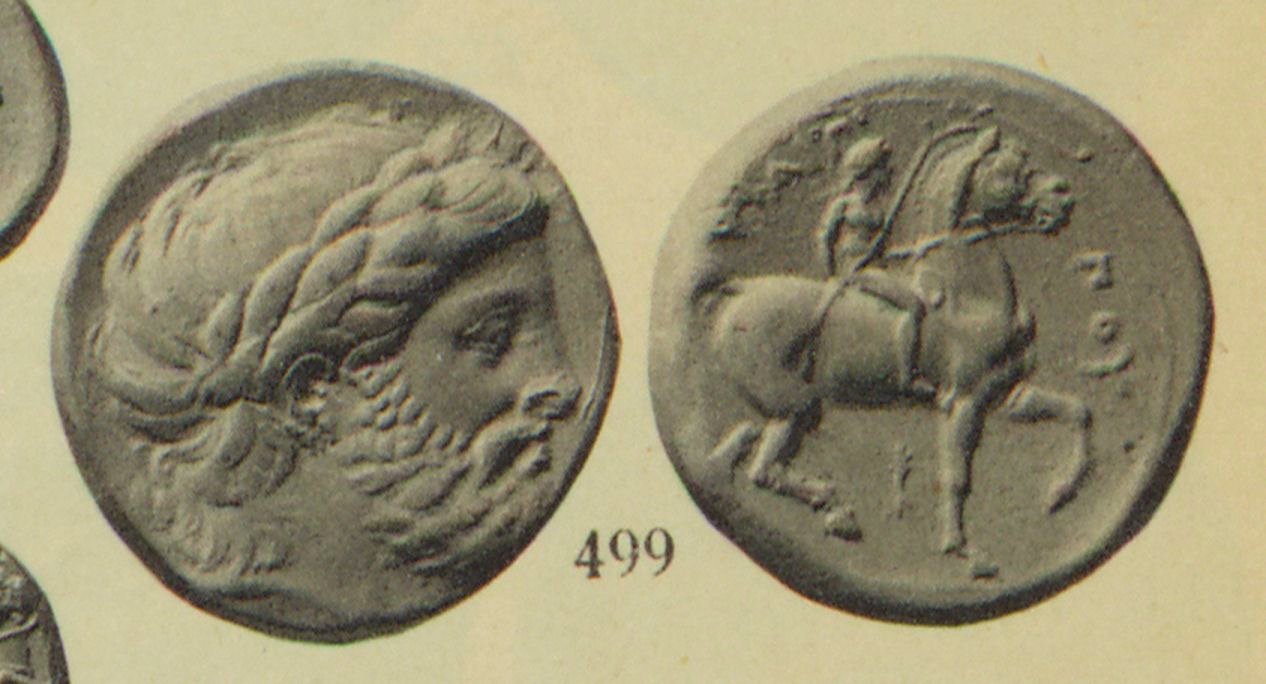Macedonia, Kingdom of Macedon. Philip II, 359-336 BC Pella, c. 342-337 BC
Macedonia, Kingdom of Macedon. Philip II, 359-336 BC Pella, c. 342-337 BC
AR Tetradrachm, 14.25g (23mm, 12h).
Bearded, laureate Head of Zeus r / ΦIΛIΠ - ΠOY Nude, laureate youth on mighty horse standing r., holding palm branch in his r. hand; below horse, thunderbolt; all within linear circle
Pedigree: From an old Swiss Collection started in the 19th century. Leo Hamburger, Frankfurt A. M. Auction 98 ("aus ausländischem Besitz"), 1933, Lot 499. Münzen und Medaillen AG, Basel 6, 1946, Lot 616
References: Le Rider, 29, 199f (D116/R163) (this coin)
Grade: Beautifully struck obverse with high relief, sharp details and cabinet toning. Reverse has some minor porosity on the upper part of the coin, otherwise horse's tail is half off flan due to being slightly o/c. Mint State/aEF
gk2000
Scroll down for more information about this coin.
When comparing Greek coinage, it is not difficult to see various overarching artistic trends that can be traced throughout regional areas of Greece. As von Fritze and Gaebler discus in their 2002 book Nomisma. Untersuchungen Auf Dem Gebiete Der Antiken Münzkunde VI-X, this type is no different. The authors point out that in an attempt to draw on the expertise of established Greek mints, Philip II drew his Greek die-engravers from the local Olynthian Confederacy. To prove this, they point to British Museum Guide Plates 21 and 22 (nos. 11 and 17.18 respectively) which clearly demonstrate the similarities in facial features and expression between Macedonian Zeus and Chaleidian Apollo. Interestingly, Caltabiano also proposed that Philip’s dual obverse use of Zeus and Apollo, combined with the alternating reverse depiction of an older and younger horsemen, actually point to an “important father-son relationship” between Philip and Alexander. This particular type displays an older, yet still delicately rendered laureate head of Zeus possibly representing Philip, paired with the nude youth riding a horse representing Alexander.



